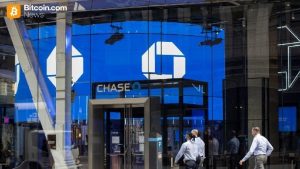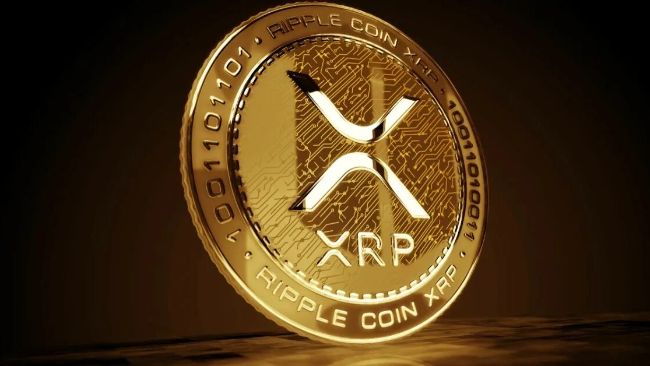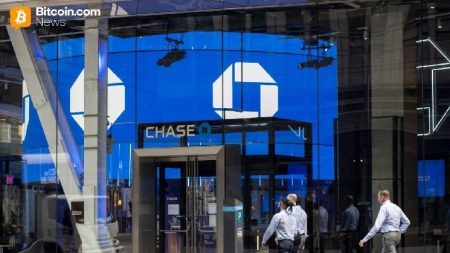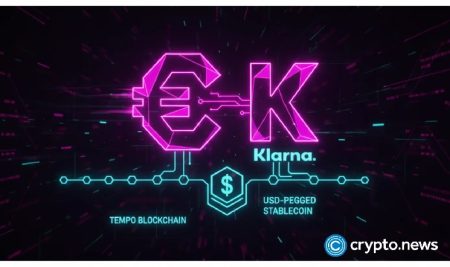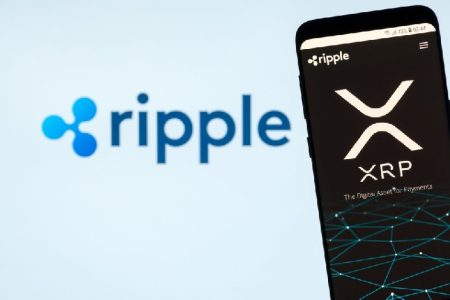XRP Price Debate Ignites Fierce Community Battle Over Market Potential
The Trillion-Dollar Question: Can XRP Reach Astronomical Heights?
A heated debate has erupted within the XRP community regarding the token’s price potential, with enthusiasts divided over whether XRP could realistically reach four-figure valuations. The controversy touches on fundamental economic principles, market limitations, and differing visions of how digital assets function within the global financial system. At stake is not just the future value of XRP but broader questions about cryptocurrency’s role in reshaping international payment networks.
Market cap mathematics sits at the core of this debate. With approximately 60 billion XRP in circulation, a price of $1,000 per token would create a market valuation approaching $60 trillion. Critics emphasize this figure would dwarf major global asset classes, more than doubling gold’s market capitalization and exceeding the GDP of many developed nations combined. This simple mathematical reality, they argue, creates a practical ceiling that renders such lofty price predictions implausible in the foreseeable future. The fundamental relationship between supply, demand, and total market value cannot be dismissed, regardless of enthusiasm or potential utility.
“The numbers don’t lie,” explains one financial analyst who requested anonymity. “We’re talking about a valuation that would make XRP worth more than Apple, Microsoft, Saudi Aramco, and several other major corporations combined. Markets simply don’t work that way without extraordinary circumstances that we’ve never witnessed in financial history.”
Ripple CEO Sets More Modest Expectations for XRPL’s Future
In contrast to the most bullish community predictions, Ripple’s leadership has presented a more measured outlook. At the XRPL Apex conference in Singapore earlier this year, Ripple CEO Brad Garlinghouse directly addressed questions about the network’s potential market penetration. According to attendees, Garlinghouse emphasized that XRPL’s success hinges on actual liquidity rather than just transaction messaging capabilities.
Garlinghouse projected that the XRP Ledger could potentially capture approximately 14% of SWIFT’s global transaction volume within a five-year timeframe. While this represents significant growth and adoption, it falls considerably short of the market dominance implied by trillion-dollar valuations circulating among some enthusiasts. The CEO’s comments reflect a strategic approach focused on realistic market penetration within established financial channels rather than complete market disruption.
“There’s a difference between disrupting global finance and capturing a meaningful share of it,” noted financial technology consultant Marina Hernandez. “Garlinghouse’s projection of 14% SWIFT volume is actually quite ambitious when you consider the regulatory and institutional hurdles any cryptocurrency network faces. It suggests Ripple is thinking practically about adoption pathways rather than focusing on token price alone.”
The Liquidity Multiplier Theory: A New Perspective on Value
Software engineer Vincent Van Code has emerged as a leading voice challenging conventional market cap limitations. According to his analysis, which has gained traction within parts of the XRP community, the token should be evaluated primarily as a liquidity tool rather than a traditional asset requiring full conversion to fiat currency. This fundamental distinction, he argues, changes how we should calculate XRP’s potential value and market impact.
Van Code proposes that at a hypothetical price of $10,000, XRP could facilitate more than $800 trillion in liquidity throughout the global financial system. Using a logarithmic decay model to explain market mechanics, he suggests that XRP’s true value lies in its ability to move value efficiently rather than store it permanently. “I keep telling everyone, the problem crypto solves is liquidity,” Van Code stated in a widely-shared social media post. “You can’t print more money to create liquidity, that will just collapse fiat. But you can have limitless (almost unlimited) liquidity simply by having a token like XRP reaches $10k.”
This perspective represents a paradigm shift in how digital assets might be valued. Rather than applying traditional market capitalization models developed for stocks and commodities, Van Code argues that XRP’s utility as a bridge currency creates value through velocity and efficiency, not just through static holdings. The token’s worth would derive from its ability to unlock liquidity in previously siloed markets, creating economic benefits that exceed the nominal value of the tokens themselves.
Traditional Finance Experts Push Back Against Extreme Projections
Critics from traditional finance backgrounds have voiced significant skepticism toward both extreme price predictions and alternative valuation models. They point to the established role of central banks in managing global liquidity through monetary policy tools like quantitative easing (QE) and quantitative tightening (QT). These experts question why governments and financial authorities would willingly cede control over such critical economic levers to a neutral digital token.
“Central banks have spent decades developing sophisticated frameworks for managing national and international liquidity,” explains Dr. Eleanor Westfield, professor of international finance at Cambridge University. “The notion that they would suddenly abandon these tools in favor of a cryptocurrency-based system represents a fundamental misunderstanding of institutional priorities and regulatory mandates.”
Moreover, skeptics highlight that Van Code’s liquidity multiplier theory assumes widespread adoption across diverse markets, the establishment of numerous trading pairs, and guaranteed counterparty trust—all significant hurdles in a financial landscape still dominated by traditional institutions. They also note that broader money supply measures such as M2 continue to grow in most major economies, reflecting ongoing central bank influence rather than a shift toward cryptocurrency-based solutions.
The Future of XRP: Between Practical Adoption and Revolutionary Potential
As the debate continues to evolve, the XRP community finds itself at a crossroads between pragmatic market expectations and revolutionary financial theories. What seems increasingly clear is that traditional market cap calculations alone may not fully capture the potential value of cryptocurrency networks designed specifically for cross-border payments and liquidity provision.
The most reasonable path forward likely lies somewhere between the extremes. While trillion-dollar valuations based on traditional market cap models may indeed face mathematical constraints, dismissing new valuation paradigms entirely could miss the transformative potential of digital assets in global finance. The true future of XRP may depend less on specific price targets and more on the network’s ability to solve real-world problems for financial institutions, creating utility that drives sustainable adoption.
“The most successful digital assets will be those that find their niche in the existing financial ecosystem while gradually expanding their capabilities,” suggests financial innovation researcher Thomas Barrington. “Whether XRP reaches $10, $100, or $1,000 ultimately matters less than whether it becomes an essential component of international payment infrastructure.”
As regulatory frameworks continue to develop and institutional adoption advances, the XRP community will need to balance optimistic visions with practical market realities. In the meantime, the theoretical debate provides a fascinating window into how cryptocurrency valuations continue to challenge traditional financial thinking—regardless of where XRP’s price eventually lands.


